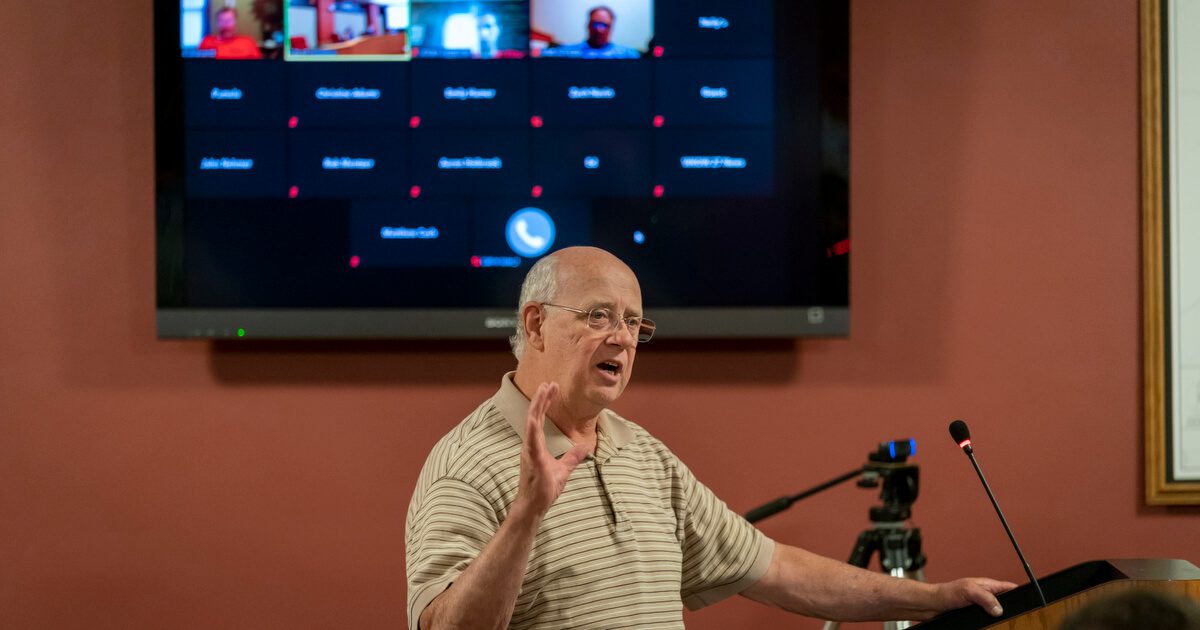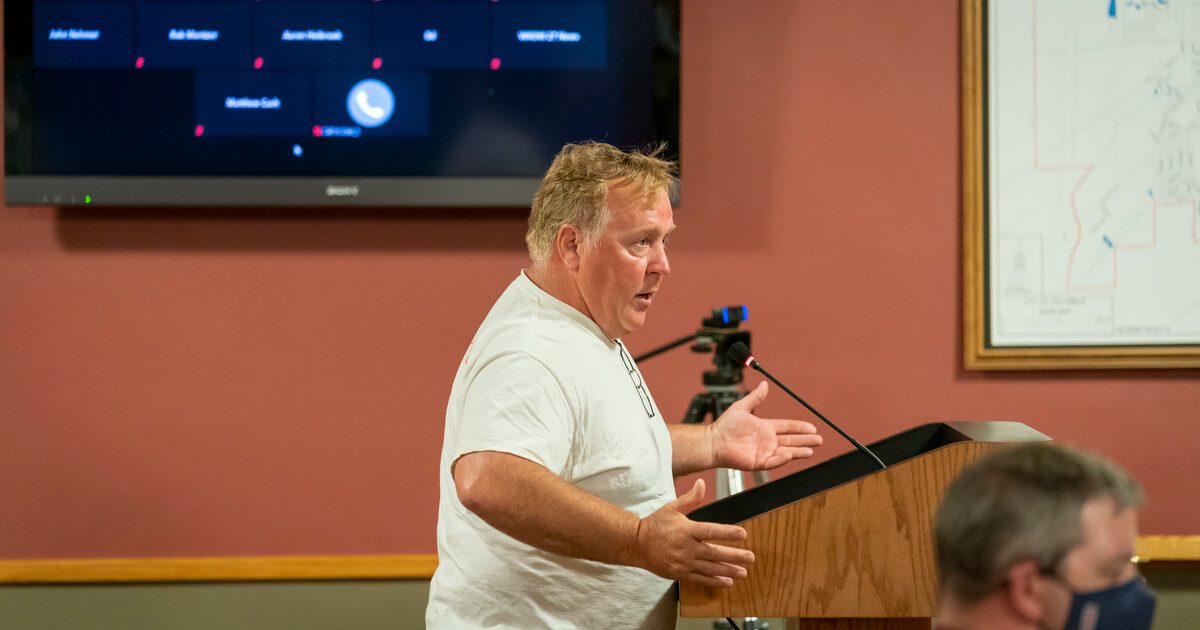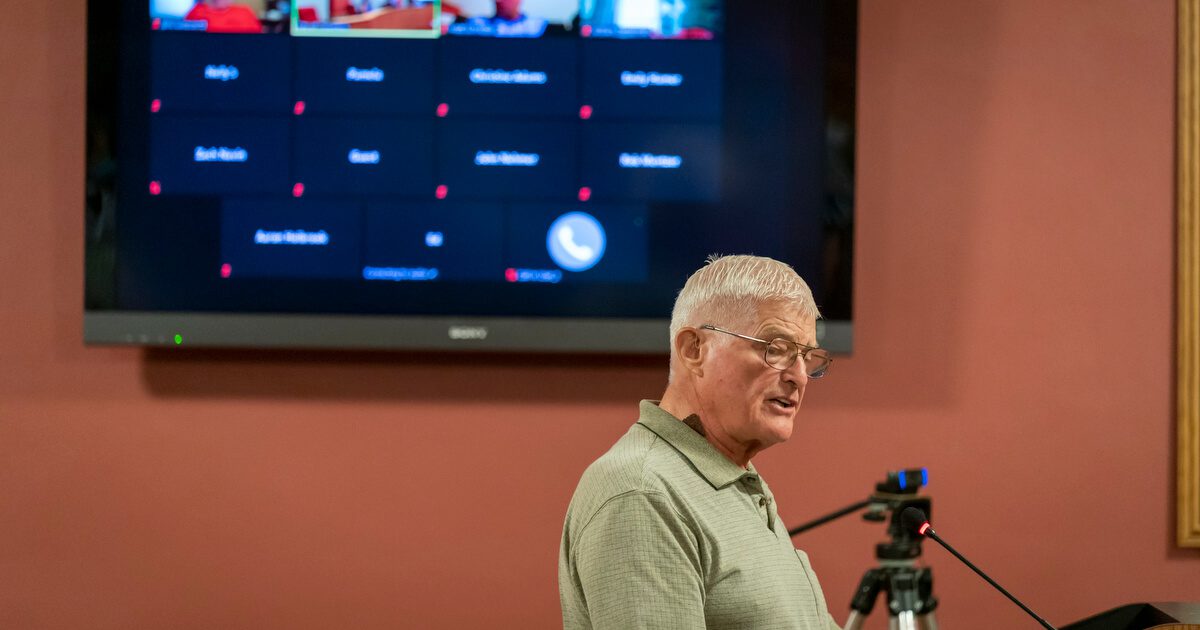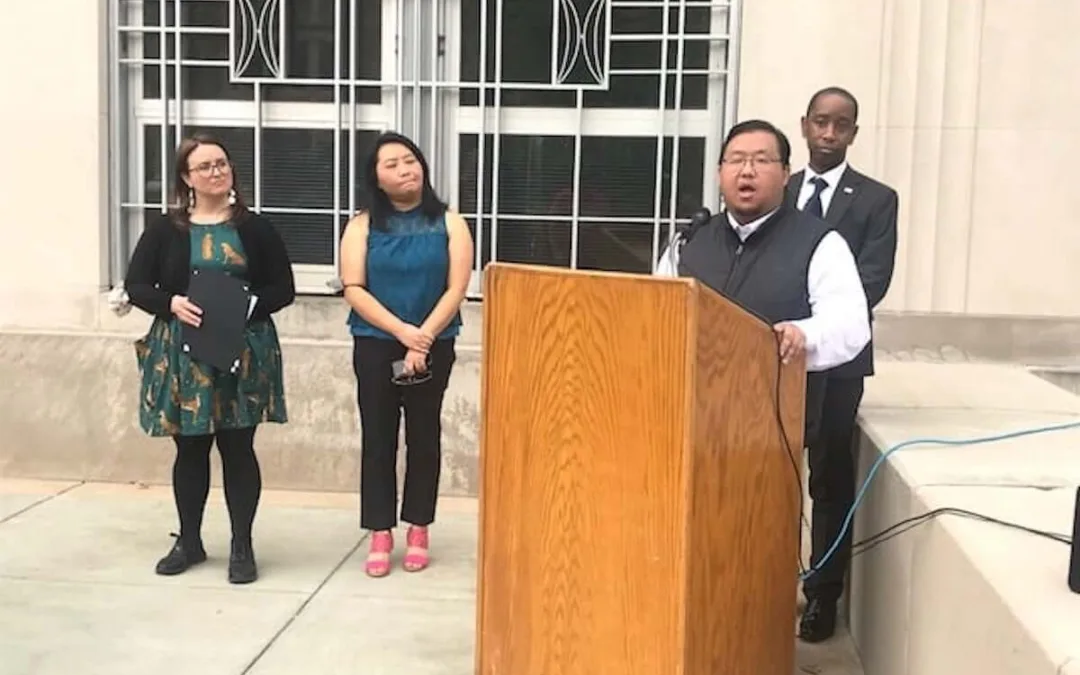
#image_title
#image_title
Folklore gives way to a more honest recounting of the explorer’s legacy.
Despite claims that Christopher Columbus was a hero who spread Christianity to the Americas or the argument that 2020 is too contentious a political year to debate removing a statue of the Italian explorer, that is exactly what will happen in the small town of roughly 5,000 named for him in Wisconsin.
On Tuesday night, the five members of the Columbus City Council voted 4-1 to remove a statue of Columbus that has stood along Highway 16 since 1992. Council member Paul Pyfferoen voted against the proposal.
“I am very excited that the council sided with us,” said Abbi Adams, the 16-year-old Columbus resident who started a petition in June to have the statue moved. “I think they listened to what the community had to say.”
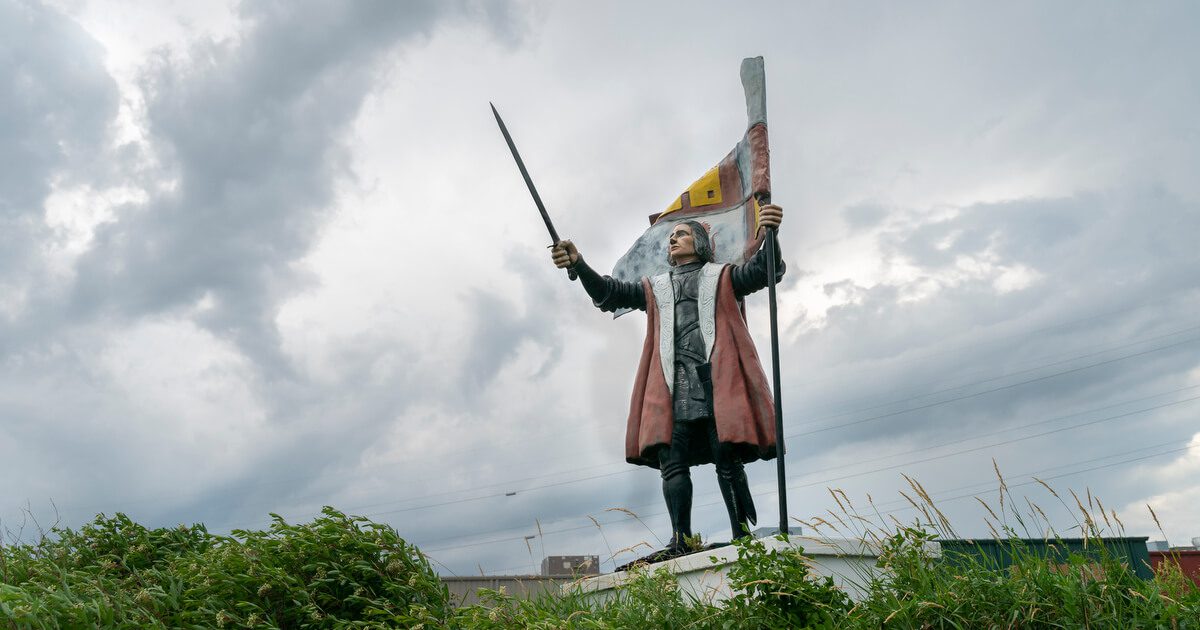
About a month ago, spurred on by the Black Lives Matter movement, Adams said she started thinking about how she could promote racial equality in her community.
“I wanted to do something more than an Instagram post. I wanted to actually get something done,” she said.
Then the statue of Christopher Columbus caught her attention.
Several men testified before the council members Tuesday night detailing how they view Columbus as a heroic man and cautioned council members not to allow history to be rewritten or erased, as they see it, by removing the statue.
But prior to the vote, standing with the statue behind her, Adams described the 15th century Italy explorer a different way.
“I see a glorified version of a man who was a really horrible person. I see a slaver, I see a man who chopped hands off of Native Americans,” Adams said. “I see a man who sold children into sex slavery. I don’t see a man who discovered America. That’s not who he was.”
Columbus resident Jack Sanderson started a counter petition to keep the statue in place. He channeled a recent speech given by President Donald Trump on the Fourth of July at Mount Rushmore when addressing the council members Tuesday night.
“They are coming after our statues. They are coming after our Founding Fathers,” said Sanderson quoting Trump. “To move the statue is to surrender to the mob.”
There are at least 31 other locations where statues or other tributes to Columbus have been removed –forcefully in some instances– or are in the process of being removed.

Arvina Martin, a member of the Ho Chunk tribe who serves on the Madison Common Council, followed the meeting online from Madison.
She stressed that not all Native Americans share the same view of Columbus, but for her, he is a man who brought tragedy and death to indigenous people.
“I see Christopher Columbus as a guy who got lost and happened to come upon what we call the ‘New World.’ He never came to North America,” Martin said. “His arrival, while opening up this new world – or areas previously unknown to the European world – led to massive casualties for the indigenous people wherever he went whether by disease, slavery, or just being kiled.”
When Martin, 40, was attending public school in Madison, she remembers learning about Christopher Columbus in school.
She remembers the song many her age learned about Columbus that said “in 1492 Columbus sailed the ocean blue.”
The lesson in her history books didn’t match what her relatives told her at home.
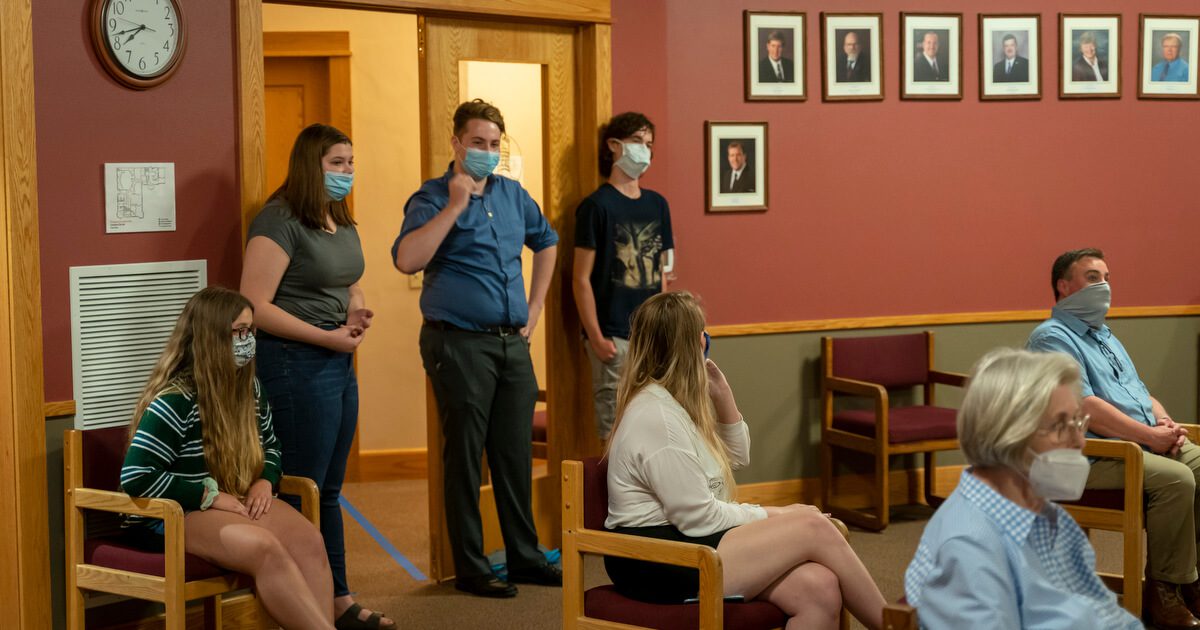
“I don’t want to say it confused me but I definitely knew there was something there, especially around the ‘he discovered’ line of thinking or when people would say he discovered America,” Martin said. “I would think, well, he was trying to find a route to India and he happened to land somewhere else. He called the people he met Indians, because he thought he was in India, and as far as the U.S. goes, he never set foot in North America. The history I learned at home was a bit different.”
Richard Monette is a law professor at UW-Madison and the director of the Great Lakes Indian Law Center. He acknowledged the split view history takes on Columbus.
“Native Americans think that Columbus statues are symbols of ignorance, greed, oppression, evil, and immortality. They symbolize anything other than Christianity or any other religion,” said Monette, a member of the Turtle Mountain Band of Chippewa Indians located in North Dakota. “But we have to recognize that some people see him as a religious icon and a rather substantial cog in the machinery of history that brought America and the hopes and dreams that America purports to put on the table.”
Monette said the reasons for removing statues has different meanings depending on why it is being done.
“If you (white Americans) take them down of your own accord that means one thing to me. If you are taking them down because I am asking you to that will mean another. And certainly if you are taking them down by putting a rope around them and pulling them down, that will mean another,” Monette said.
He said he finds the situation that is unfolding in Columbus “fascinating” because of the manner in which Adams and others her age thought through the history lessons they learned in school, then researched on their own to reach the decision to ask for the statute to be moved.
“They are trying to determine who they are. They are trying to determine their identity, their culture and their social values,” said Monette.
Martin also expressed kind words for the efforts that led to the statue’s removal in Columbus.
“I’m really glad to see a young woman that is not native herself, who saw this symbol in her town and said ‘that’s not really what we want to be representing,’” Martin said of Adams. “I think that especially for a young person that takes a lot of strength and empathy. So that’s really cool.”
Politics

New Biden rule protects privacy of women seeking abortions
Under the new rules, state officials and law enforcement cannot obtain medical records related to lawful reproductive health care with the goal of...

Biden marks Earth Day by announcing $7 billion in solar grants
The Biden administration on Monday announced the recipients of its Solar For All Program, a $7 billion climate program that aims to lower energy...
Local News

Stop and smell these native Wisconsin flowers this Earth Day
Spring has sprung — and here in Wisconsin, the signs are everywhere! From warmer weather and longer days to birds returning to your backyard trees....

Your guide to the 2024 Blue Ox Music Festival in Eau Claire
Eau Claire and art go hand in hand. The city is home to a multitude of sculptures, murals, and music events — including several annual showcases,...

